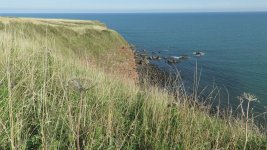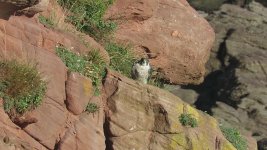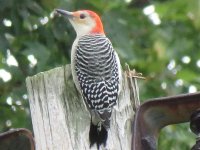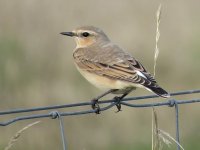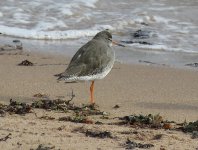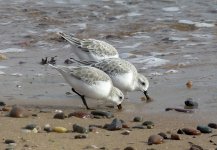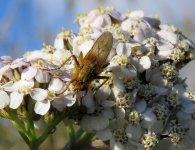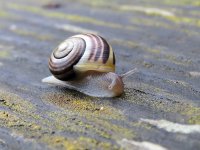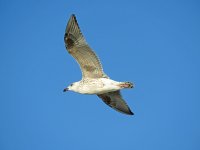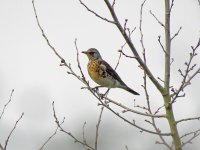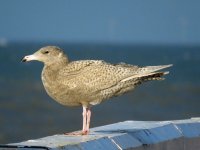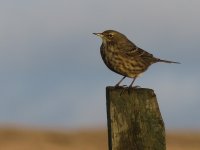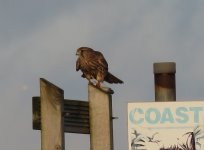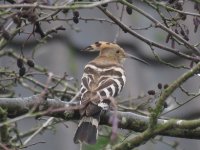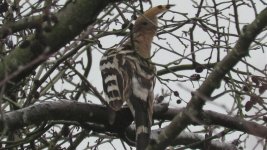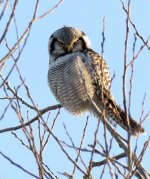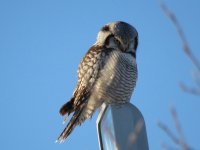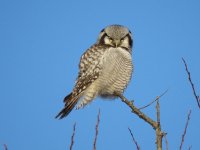Tried with the digital 1.6 and 2x zoom, and without. Also did a bit of video and used the software to do a grab. Also tried manual, aperture priority and shutter priority.
I'd avoid the digital zoom entirely, and unless desperate, avoid even the digital teleconverter. Except for video, which seems to handle the artificial magnification quite well.
To be honest, there doesn't seem to be a lot of difference between the settings in this situation. Obviously manual and shutter priority enabled me to get faster shutter speeds, but that meant lightening them in PS at home, because the aperture was at 6+. ISO I kept at 250-400.
I've found any small sensor camera is going to require photographing with ETTL or ETTR techniques to maximize the data captured (and won't always look good straight from the camera), which requires post-processing in a program like Photoshop to bring the photo back where the histogram belongs.
This is just the nature of the dynamic range of small-sensor cameras. In most cases this means using ETTL to avoid blowing out highlights. I've been squeezing consumer and prosumer cameras for every ounce of usefulness this way for a while.
If it is any consolation, it would seem post-processing is very common even for professional DSLR photographers. Everyone in the end wants to maximize the potential of the photos from their camera, it's just a matter of what level of perfection you're looking for, the limits of the camera you have, and the time you want to spend.
With this in mind, I spend a fair amount of time on it. An average of 8 hours of sorting, post-processing (Photoshop with Topaz Labs plugins), sizing, and posting for every 1200 or so photos a typical 2 hour bird photo outing yields. That's 1200 photos that narrows to about 40-50 I like which translates to maybe 12 I want to post (not including various poses, so maybe 18-25 actually "nice" photos).
Typically I use ETTL techniques, then use Photoshop's Camera RAW to readjust the histogram (Whites, Blacks, Highlights, Shadows, and Clarity). Any additional adjustments (I've been slowly learning to use Topaz Labs plugins: Adjust, Clarity, DeNoise, and Detail) plus sizing and sharpening (Smart Sharpen) happen in Photoshop.
I've gotten a good rhythm down, since the same settings and techniques to adjust the photo apply to just about every photo off the camera. So you get a groove and speed after a while when you learn your camera's peculiarities and after you learn a safe set of settings on the camera itself.
Enjoy!





